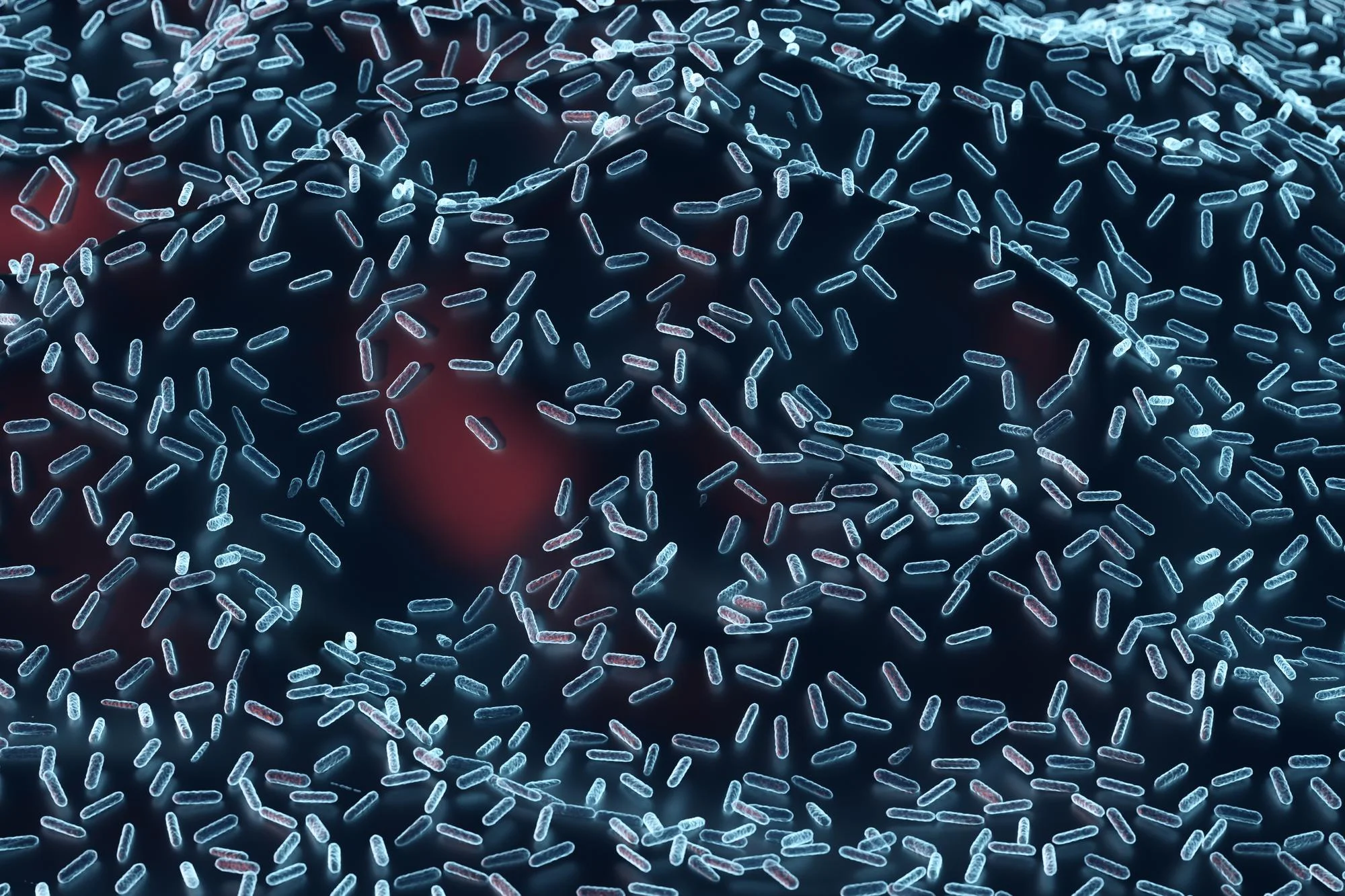Keywords
1. Probiotics health benefits
2. Gut microbiome modulation
3. Probiotic safety
4. Gut colonization by probiotics
5. Clinical efficacy of probiotics
In recent years, the use of over-the-counter (OTC) probiotics has seen a tremendous rise, marked by a public shift towards health products that promise to improve well-being and sustain a healthy gut microbiome. This upswing in the consumer market for probiotics aligns with a burgeoning field of research that investigates the impact of these living organisms on human health. However, as sustenance meets science, it becomes imperative to dissect the layers of evidence behind probiotics and their application in health and disease.
The paper “The pros, cons, and many unknowns of probiotics,” published in Nature Medicine, offers an encompassing perspective on the subject, emphasizing the urgent need for clarity amidst the sea of available data. Authored by Jotham Suez, Niv Zmora, Eran Segal, and Eran Elinav, this research not only presents an expert view of the current status of probiotics but also sheds light on the challenges and potential avenues to improve their utilization (DOI: 10.1038/s41591-019-0439-x).
Consumption of Probiotics: Trends and Reality
The health supplement market has witnessed an expansion, with an increasing number of consumers turning to probiotics due to their purported health benefits. These range from enhancing digestive health to modulating the immune system. Yet, despite the perceived advantages and significant commercial proliferation, the clinical results for many probiotic strains and formulations are inconsistent. This dichotomy between popularity and evidence-based efficacy brings to the foreground the complexities involved in establishing the therapeutic potential of probiotics.
Understanding Probiotic-Host Interactions
The human gut microbiome represents a dynamic and intricate ecosystem. The introduction of probiotics into this environment can influence the existing microbial population and, consequently, the host’s health. However, the extent of gut colonization by probiotics, their survival, and activity at the strain level still demand greater scientific rigor and investigation. Only with detailed insights into these interactions can the physiological effects of probiotics be thoroughly understood and contextualized within the paradigm of medical indications.
Efficacy and Safety of Probiotic Strains
The efficacious use of probiotics in clinical settings demands an understanding of strain specificity and the condition-targeted intervention. While some probiotics demonstrate beneficial outcomes in scenarios like antibiotic-associated diarrhea, other indications such as irritable bowel syndrome (IBS) or respiratory tract infections witness more variable results. Additionally, the discussions should not omit the potential adverse effects, and safety assessments should be at the forefront, particularly for vulnerable populations such as newborns and immunocompromised individuals.
Improving the Evidence Base
The authors of the Nature Medicine Perspective highlight the importance of unbiased interpretations fueled by high-quality evidence. Critical to this is the implementation of rigorous clinical trials, which evaluate the proposed health benefits against well-defined endpoints. By adopting standards akin to those of pharmaceuticals, probiotics could achieve clearer demonstrations of their therapeutic value.
Transparent Marketing and Regulation
With the health claims of probiotics often outpacing the available evidence, there is a dire need for improved transparency. Consumers must be guided by accurate information regarding the effectiveness and safety of probiotic products. This calls for regulatory bodies to exercise more stringent controls over the marketing and labeling of these products, assuring the claims are evidence-supported.
Public Awareness and the Role of Healthcare Providers
Part of navigating the unknowns of probiotics involves educating the public. Healthcare providers play a pivotal role in imparting balanced and accurate information about the use and limitations of probiotics. As intermediaries between research and consumption, they can help bridge the knowledge gap and ensure that individuals make informed decisions about using probiotics.
Future Directions of Probiotic Research
Looking ahead, the field of probiotics is ripe for exploration. Unraveling the biochemical pathways through which probiotics interact with the host and the indigenous microbiome is a frontier that holds immense promise. As ongoing research delves deeper into the individualized response to probiotic strains, the horizon of personalized probiotics based on one’s unique microbiome profile may become an attainable reality.
Conclusion
The stark reality is that while the allure of probiotics as a quick fix to an array of health issues gains traction, the urgent task lies in distinguishing fact from hopeful fiction. The comprehensive insight provided by the study “The pros, cons, and many unknowns of probiotics” acts as a reputed guide in this journey. The evidence urges caution, prudence, and a commitment to science as we stride to unlock the true potential of these microbial marvels. As consumers and health professionals tread the terrain of probiotics, they are encouraged to do so with an eye on robust evidence and a heart open to cautious optimism for what the future holds in this rapidly evolving domain of health and medicine.
References
1. Suez J, Zmora N, Segal E, Elinav E. The pros, cons, and many unknowns of probiotics. Nat Med. 2019;25(5):716-729. doi:10.1038/s41591-019-0439-x.
Additional references for further reading and citation are not provided in the initial information, and thus cannot be included. The reference list is expected to be limited to the one detailed resource provided by the user.
